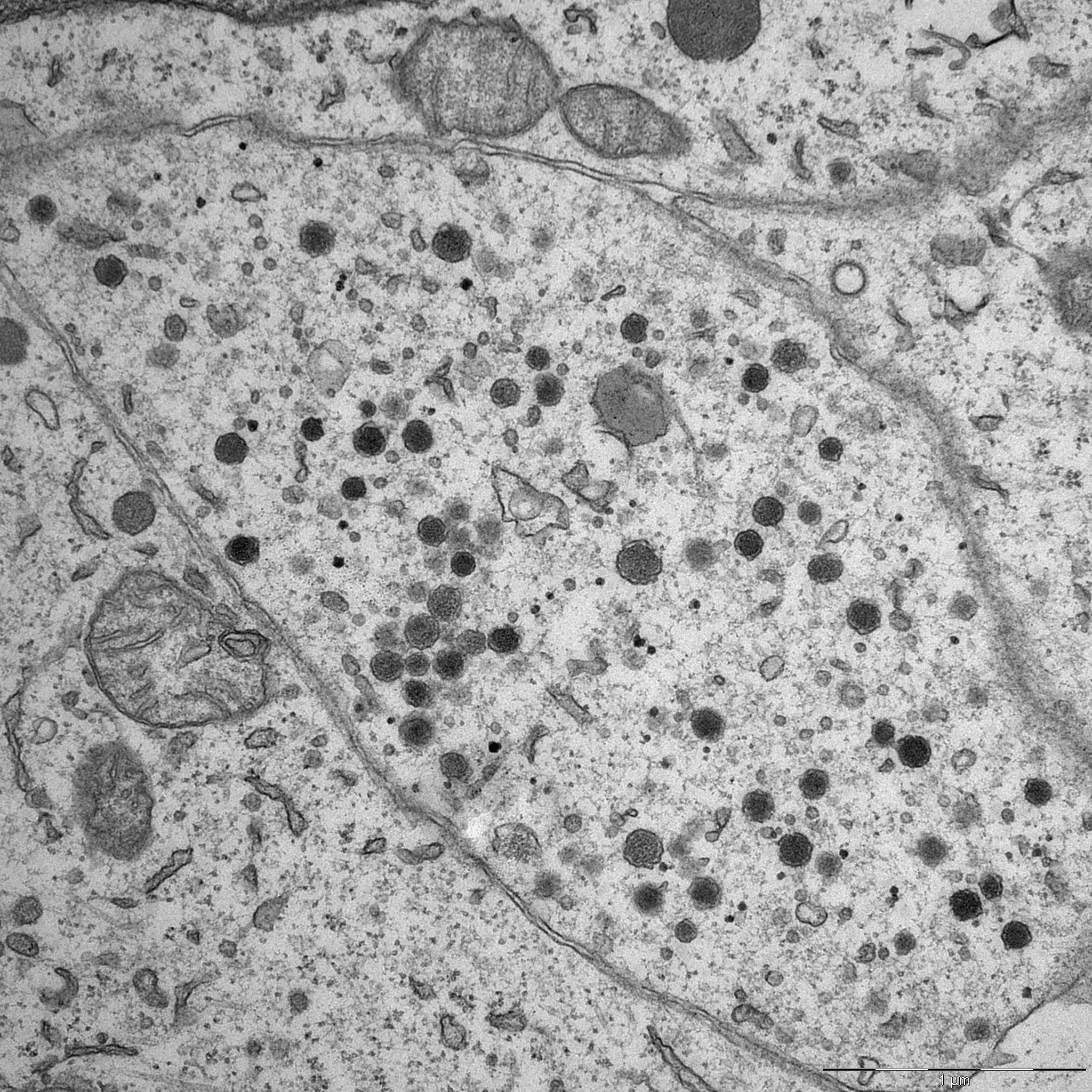CCG discovers a wealth of sugar molecules for developing medications
The human hormone system controls some of the body’s most central functions by sending hormones into the bloodstream. In a new study, a research team from the DNRF’s Copenhagen Center for Glycomics (CCG) at the University of Copenhagen discovered that sugar molecules regulate so-called peptide hormones and therefore may regulate many bodily functions as well. The discovery may be of great importance for the center’s work developing medications based on peptide hormones. The study was recently published in the scientific journal Nature Communications.

The human body consists of two overall communication systems: the nervous system and the hormone system, also known as the endocrine system. The hormone system allows the body’s cells to communicate with each other by sending hormones into the bloodstream. Some of the body’s most central functions, such as blood pressure, sleep, and appetite, are controlled by the hormone system.
However, some hormones – called peptide hormones – can also be used as medication. For example, a peptide hormone called GLP-1 can be used to treat patients with diabetes, and another peptide hormone called ANP can be used to lower blood pressure in patients suffering from heart disease.
Now, a research team from the Center of Excellence CCG has mapped all known peptide hormones and discovered that a large part of them have sugar molecules attached, which are also called glycosylation. When the researchers subsequently examined some of the glycosylated peptide hormones in more detail, they turned out to be different from the hormones without the sugar molecule in two points in particular.
“In the presented work, we investigated how widespread these glycosylations are among peptide hormones. Surprisingly, we found naturally occurring glycosylations on more than a third of all known peptide hormones, although peptide hormones have been studied for over 100 years. Upon deeper analysis of a handful of the glycosylated peptide hormones, we found that they all generally become more stable and provide a softer response when the sugar molecule is sitting on,” said Katrine Schjoldager, associate professor at CCG and lead author behind the study in Nature Communications.
Stable and long-acting
The discovery could have a major impact on the center’s work on developing drugs based on peptide hormones. For example, the peptide hormone ANP can have a sugar molecule attached to the side of the peptide, making the hormone more stable and long-acting. Furthermore, results from animal testing have shown that the glycosylated type of ANP does not have the same side effect on urination, which is a commonly known side effect for the medication based on regular ANP.
“In the so-called “glycosylation process”, the cell puts small sugar antennae on specific amino acids in proteins, and it has been shown to play a major role in regulating the function of proteins and thus also peptide hormones. We wanted to understand how widespread a particular type of glycosylation (O-glycans) was among peptide hormones, and therefore we threw ourselves into searching organs from pigs and rats systematically for these sugar antennae,” said Thomas Daugbjerg Madsen, Ph.D.- student at the CCG and lead author behind the study.
“This finding may help in the development of drugs based on peptide hormones and result in fewer injections with more stable products as well as fewer side effects due to a more targeted response as seen with glycosylated ANP,” said Schjoldager.
